Barringer, T. Men at Work: Art and Labour in Victorian Britain. New Haven, CT and London: Yale University Press, 2005
Chapter 10
IMAGINED COMMUNITIES: VIEWS OF PEASANT LIFE
Land reforms and demographic shifts changed rural life to an unprecedented extent in the nineteenth century, and it is no coincidence that paintings of peasants increased dramatically during this period. Some artists recorded the grittier aspects of peasant life in order to stimulate sympathy for the plight of rural inhabitants. Other artists idealized rural life, conveying reassuring the impression that peasants lived happily in symbiotic harmony with nature. Stressed out urbanites especially envisioned peasants as reassuring links to a stable agrarian past in an era of escalating industrialization and urbanization.
Artists and Artworks:
Readings:
Grew, R. “Picturing the People: Images of the Lower Orders in Nineteenth-Century French Art,” Journal of Interdisciplinary History, vol. 17 (Summer 1986): 203-31
Herbert, Robert L. “City vs. Country: The Rural Image in French Painting from Millet to Gauguin,” Artforum, vol. 8 (February 1978): 44-55
Hobsbawm, Eric. The Age of Capital: 1848-1875. New York: Vintage Books, 1996
Jackson, David L. The Wanderers and Critical Realism in Nineteenth-Century Russian Painting. Manchester and New York: Manchester University Press, 2006
Leeuw, Ronald de. The Hague School: Dutch Masters of the 19th Century. Exhibition catalogue. London: Weidenfeld and Nicolson, 1983
Nochlin, Linda, ed. Realism and Tradition in Art, 1848-1900: Sources and Documents. Englewood: Prentice Hall, 1966
Rosenblum, Robert. “David’s Funeral of Patroclus,” The Burlington Magazine, vol. 115, no. 846 (September 1973): 567-77
Valkenier, Elizabeth Kridl. “The Peredvizhniki and the Spirit of the 1860s,” Russian Review, vol. 34, no. 3 (July 1975): 247-65
Varnedoe, Kirk. Northern Light: Nordic Art at the Turn of the Century. New Haven, CT: Yale University Press, 1988
Weber, Eugene. Peasants into Frenchmen: The Modernization of Rural France, 1870-1914. Stanford, CA: Stanford University Press, 1976
Weisberg, Gabriel P. Beyond Impressionism: The Naturalist Impulse. New York: Abrams, 1992
Documentation:
Jean Jacques Rousseau believed that inequality was the unavoidable result of civilization:
“As long as men were content with their rustic huts, as long as they were limited to sewing their clothing of skins with thorn or fish bones, adorning themselves with feathers and shells, painting their bodies with various colors, perfecting or embellishing their bows and arrows, carving with sharp stones a few fishing Canoes or a few crude Musical instruments; in a word, as long as they applied themselves only to tasks that a single person could do and to arts that did not require the cooperation of several hands, the y lived free, healthy, good, and happy insofar as they could be according to their Nature, and they continued to enjoy among themselves the 24 sweetness of independent intercourse. But from the moment one man needed the help of another, as soon as they observed that it was useful for a single person to have provisions for two, equality disappeared, property was introduced, labor became necessary; and vast forests were changed into smiling Fields which had to be watered with the sweat of men, and in which slavery and misery were soon seen to germinate and grow with the crops.”
Jean-Jacques Rousseau, “Discourse on the Origins of Inequality,” (1754), Against Civilization. Readings and Reflectons, John Zerzan (ed.) (Los Angeles: Feral House, 2005), 23-4.

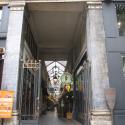

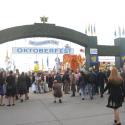
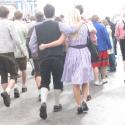
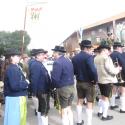
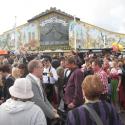
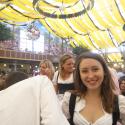
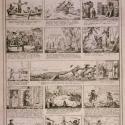
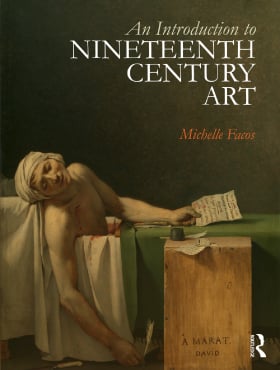 Buy the Book
Buy the Book